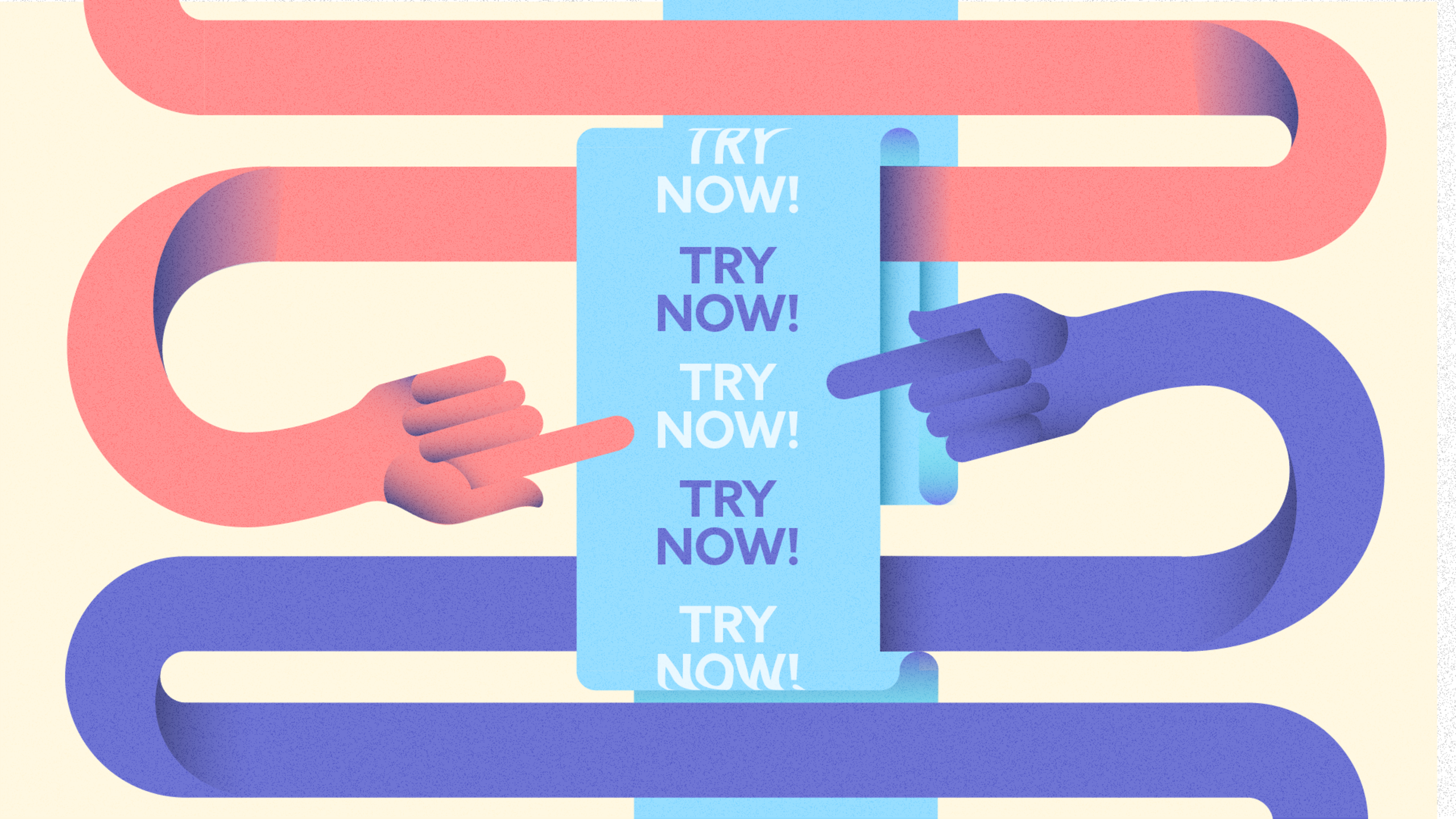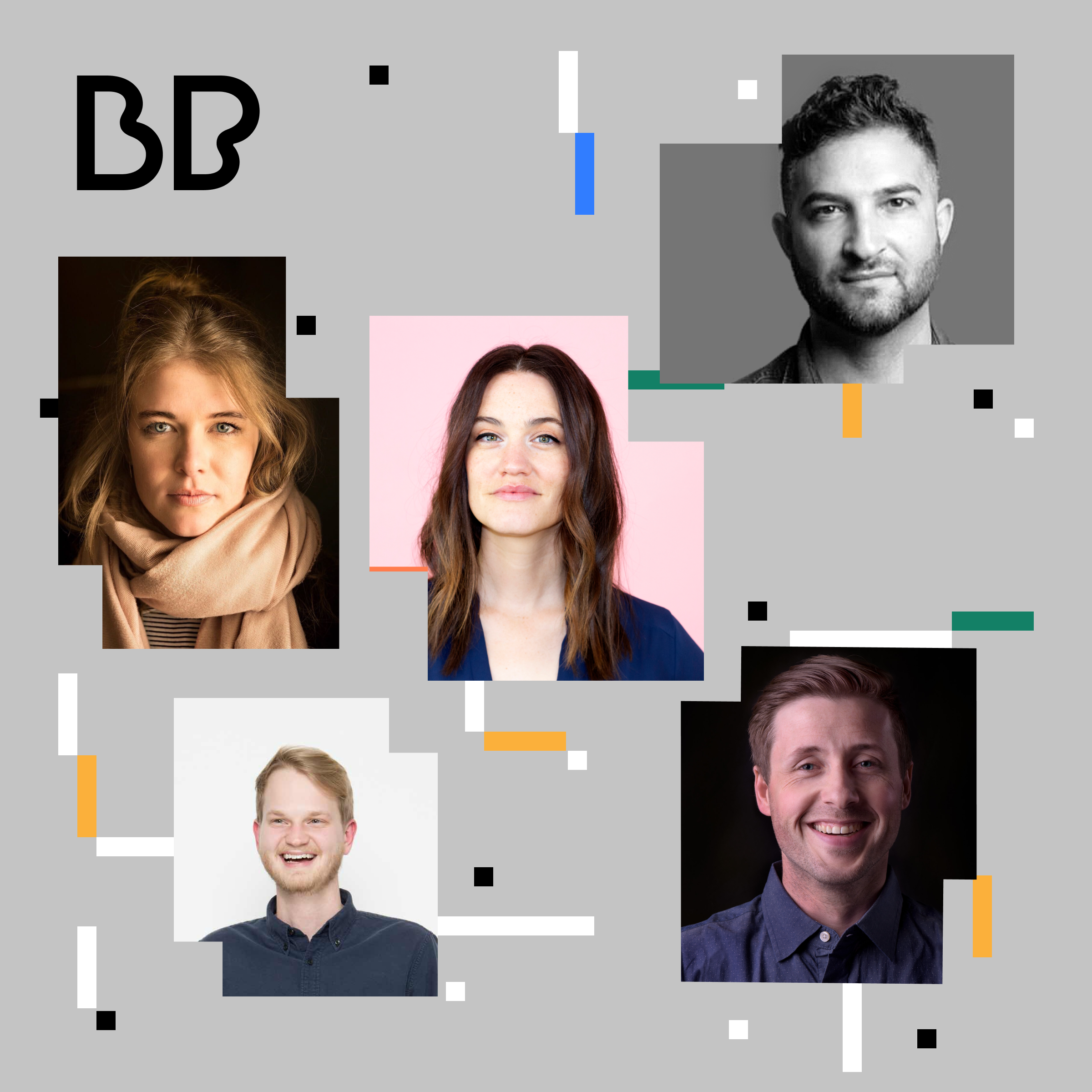Creating a Modern Free Trial with Experiential Product Sites


We knew this day would come, but it’s finally here: the end of our product design series. Throughout the series, you’ve heard expert guests explain how product design impacts their teams, businesses, and beyond. In this episode, hosts Christian Beck and Anna Eaglin share the highlights from this series, with takeaways and insights learned along the way.
To go back into the series or find out when the next one drops, join betterproduct.community.